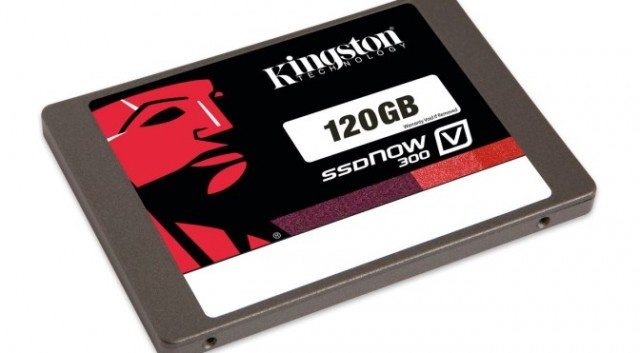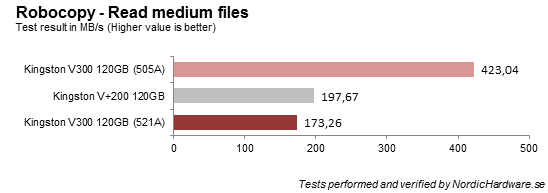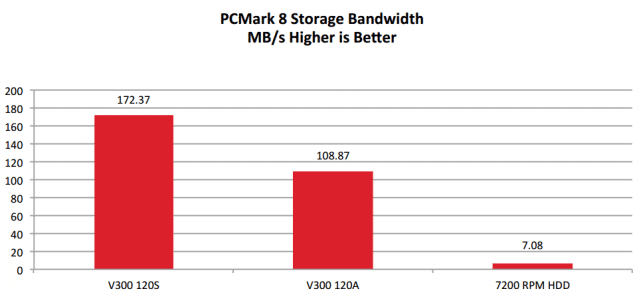Potential Kingston & PNY Scandal: Switching SSD Components After Reviews!
Peter Donnell / 10 years ago

Over the last few months, evidence has been gathering that storage manufacturers Kingston and more recently PNY have been pulling a bait and switch tactic on their consumers. What this means is that after the initial hardware release and of course the reviews of their products have been written, the companies are then changing the hardware configuration. This has left many customers venting that they’ve been cheated into buying a product they may not have wanted had they known the hardware had been changed. This can be especially true for those who buy their hardware based on reviews, such as the reviews we do here at eTeknix. If we tell you a product gives X amount of performance based on its specifications, then those specifications are secretly changed, then our review is worthless and you as a consumer may end up with an inferior product.
According to a Tweaktown blog post, the new PNY Optima drive should feature the Silicon Motion controller, but the user who bought it later discovered that it features a different firmware and a different SandForce based controller. TweakTown investigated this issue and contact PNY who responded with; “yes we did ship some Optima SSD’s with SandForce controllers, but only if they meet the minimum advertised performance levels.”
Unfortunately minimum performance levels is about as vague as things get, especially when manufacturers usually use the term “up to” for their performance figures. Such as the PNY drives spec sheet which reads “up to 60,000 IOPS”, not to mention the level of change that their testing equipment and methods can mean when recording those figures.
The same can be said for the popular Kingston V300 drive, a product that has been on the market for around a year now, but appears to have been switched from synchronous to asynchronous NAND. The downside of this being that the latter can be slower than the other in certain situation, dependant on the configuration, than the parts that were initially installed in these drives. This is reflected in the charts below, which compares the standard hardware to the asynchronous NAND hardware.


In short, this isn’t acceptable, selling one product under the pretence that it’s actually made of different components is bad for business and I suspect that now the alarm has been rung, more issues like this will soon be discovered, perhaps even from several other brands. If the issue isn’t resolved soon, then it could mean that many of the storage reviews that have already been published, could now be a complete waste of time, or at least require the modified products to be re-tested.
Thank you ExtremeTech, Tweaktown and NordicHardware for providing us with this information.
Images courtesy of Extremetech and NordicHardware.



















